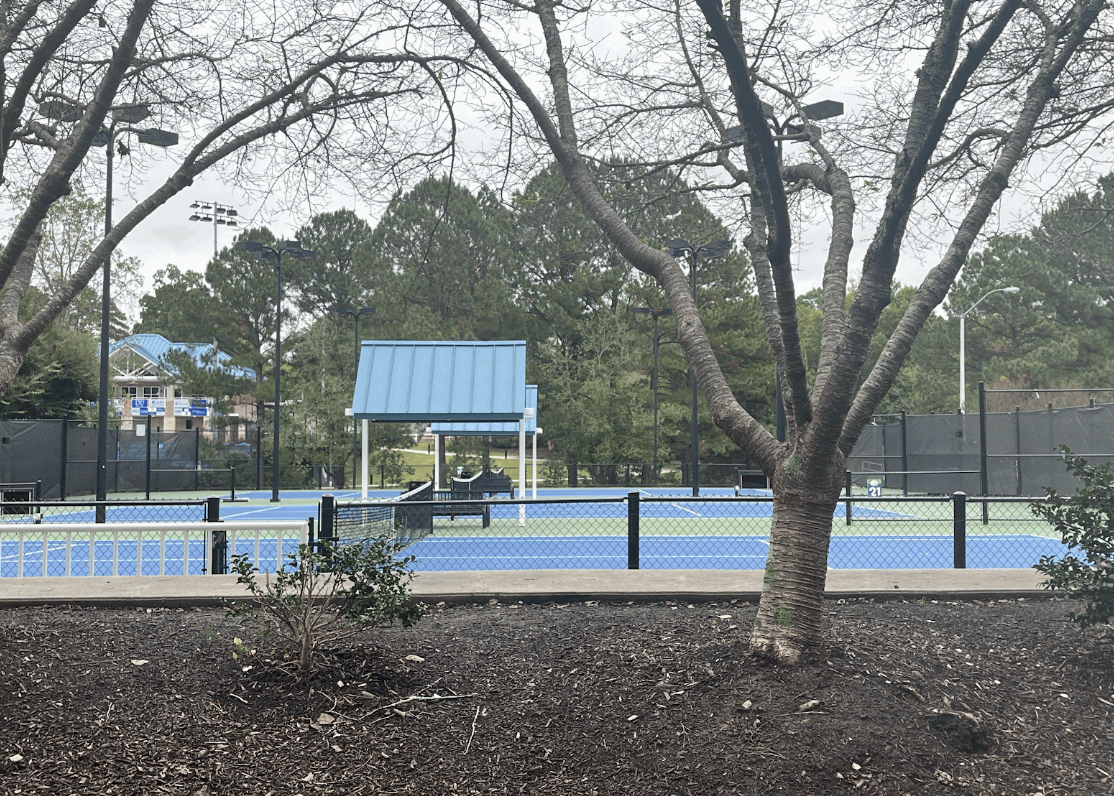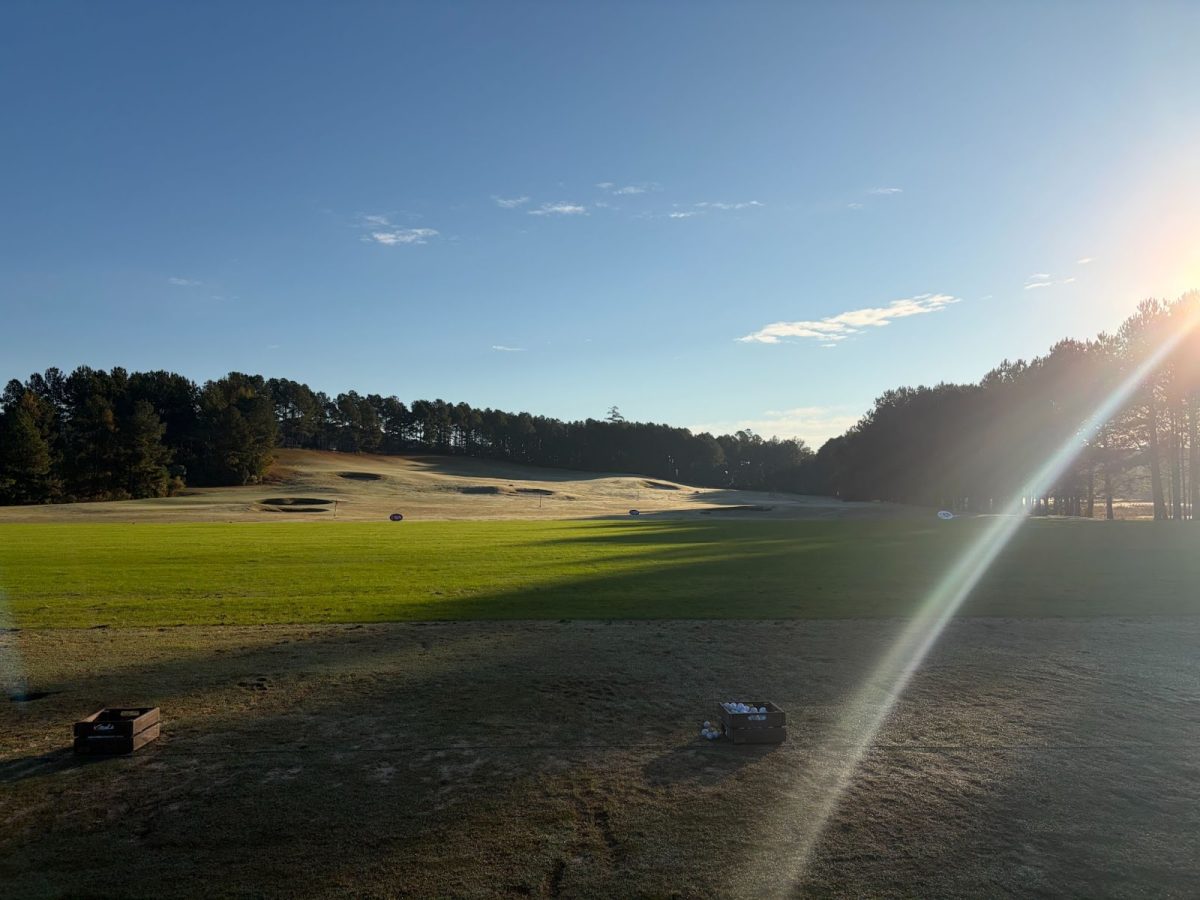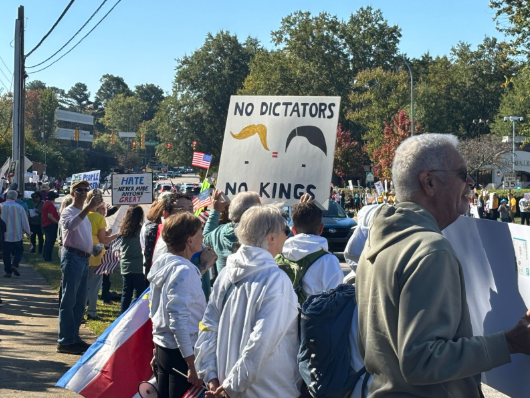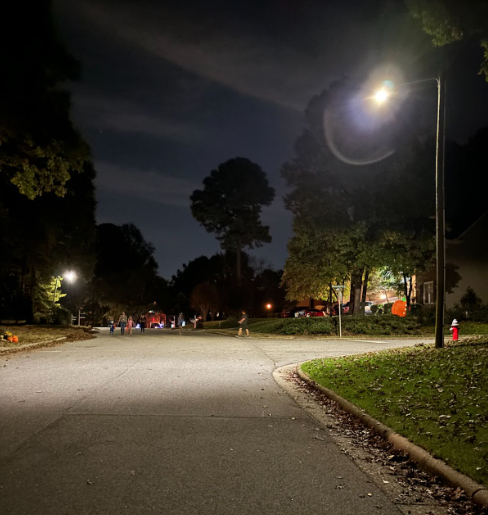When Jenna, the mother of a Wake County student whose name has been changed for the purposes of this article, found out that her child had been redistricted from Green Hope High School to Apex High School, she was distraught. Since her daughter was a senior, Jenna was filled with a multitude of concerns.
“Initially, I had concerns about school socially for [my child]. They had been attending the same school for three years, where they’ve already established friendships, bonds with teachers and involvement in extracurriculars; now they’re starting from square one in the last year of high school at a new school, where nothing is established.” Jenna’s concerns then transitioned from social issues to academic ones– questions regarding graduation, college applications, credit transfers and team memberships arose.
Her daughter’s story is not a standalone one: it’s one of the thousands of students across Wake County who were redistricted from one school to another in the 2024-2025 school year.
Redistricting – the process in which a county redraws school district boundaries based on residential lines – happens every year across all grade levels for a variety of reasons. For instance, shifts in area population, school sizes or housing types can all prompt the district to transfer students’ school assignments. The process is done in hopes of mitigating the imbalance of the number of students at schools across the county, which occurs often from new residential or school developments.
For instance, when Wake County established Green Level High School in 2019, students from surrounding neighborhoods were assigned to the new school, which caused substantial population drops in already-established ones. Drops in student populations directly result in teacher layoffs, issues in budgeting and difficulties in allocating student resources, so to counteract the effects of enrollment shortages in surrounding schools, Wake County redistributed student assignments in high schools among the county to create equal school sizes.
Kayla Reaves (‘25) was one such student affected by Wake County’s school redistricting plans. Reaves attended Apex Friendship High School for her first two years of high school, but before starting her third year there, she abruptly discovered that she had been assigned to Green Hope to finish her junior and senior years. Reaves’ initial reaction to her redistricting was one of apprehension, associated with the foreign environment and leaving old friends behind. She recounts the process of moving schools as overwhelming and difficult to adjust to. However, as Reaves credits to her extrovertedness, redistricting served as a chance for her to make new friends and to learn new things.
“Socially, building new friendships and incorporating new social circles wasn’t hard for me. I enjoy meeting new people so it actually was very rewarding for me to go to a new school. Emotionally, I was both nervous and excited for new beginnings” she said.
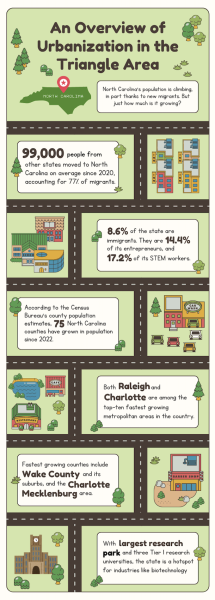
Not only did this move create new social opportunities for Reaves, but she also felt that it contributed to her development as a student. Since becoming a Green Hope student, Reaves recognizes that she has encountered a range of unfamiliar teaching styles and expectations within the classroom. Elaborating on this statement, she said, “I think these changes [moving schools] absolutely enhanced my intellectual flexibility and problem solving skills.”
Many students like Reaves, who were redistricted to Green Hope, further involved themselves in the sports, arts and extracurricular communities. Mr. Adam Bollhoefer, assistant principal of instruction, offers insights to why many students feel this way. “Often many students that are being redistricted are either international students, or students that have recently moved to Cary… it’s very probable that they are very nervous to start school in a completely new state or country,” said Mr. Bollhoefer. He affirms that in regards to redistricting, Green Hope’s expectation is that no matter who joins as a new student, students and staff hold the responsibility to be inviting and helpful.
As redistricting can lead to a massive influx of students to schools yearly, a significant issue rises: overcrowding. This school year, profound increases in the number of students in the freshman and sophomore classes occurred, with each class holding over 600 students respectively, and slight increases within the junior and senior class sizes, each populating a little over 500 students.
Green Hope High School, built in 1999, was originally designed with a capacity of 1,500 students; however, as the population of Cary continues to grows, Green Hope’s population exceeds by over 1,000 students in reference to the initial intended capacity.
Amidst an overcrowded school, students like Reaves acknowledge the difficulties subsequent to overcrowding. “I’ve noticed that it’s taking longer than usual [population conditions from previous years] to get to class simply because there are so many people in the halls,” explains Reaves. She continues to detail the consequences of a surplus in class sizes amongst other things, citing increased wait times in lunch lines and school arrival and dismissal due to the sudden influx in the amount of students at Green Hope.
With students and staff experiencing issues in everyday things as a result of overcrowding, Green Hope administrators such as Mr. Bollhoefer try to mitigate the difficulties within everyday school life. Mr. Bollhoefer elaborated on the ways that the administration took action; “We just try to get ahead of the curve [population increase] as soon as possible… We pay attention to new communities, the age demographics of people coming in, and how we can best adjust the school to accommodate the needs of both current and incoming students.”
In regards to the specific issues students have raised concerns about, Mr. Bollhoefer explains how Green Hope has implemented regulations to facilitate a conducive environment for students as much as possible. “This year, we opened new exits in parking lots to create better traffic flow,” said Mr. Bollhoefer. He adds that this year, Green Hope strengthened its execution of universal expectations, a set of values and guidelines for all student and staff to follow. “We can only do so much to help, given the school’s conditions [being oversized]. You can’t expect everyone to follow procedures and policies they are not aware of, so this year, we really are honing in on school rules, being extremely explicit to students and parents on rules.”
As Wake County continues to grow, redistricting will remain significant in shaping the experiences of students. For some, redistricting can serve as an area of concern, but for others, it can serve as an opportunity for growth. Subsequent to redistricting, an issue that many schools face is overcrowding, a continuous issue that administrators work to alleviate.




